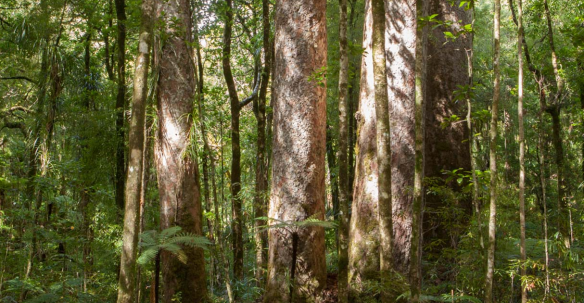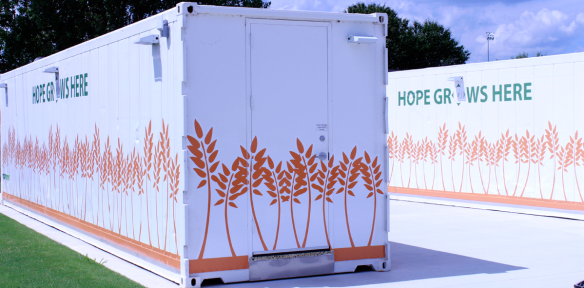This post was first published on the Aotearoa Food Policy Network website.The International Panel of Experts on Sustainable Food Systems (IPES-Food) are pathfinders, shining a light on the deficiencies of industrial food systems and lighting the path to sustainable food systems. Their latest publication Towards a Common Food Policy for the EU is the result of 3 years of collaboration that provides a compelling roadmap for Europe with principles easily translated to the rest of the world.
VICIOUS CYCLES AND NEW PARADIGMS
Using a systems perspective, IPES-Food dissects the integration of food, consumption and health systems that have overtime wrought havoc our environment, health, economy and society.
Five “vicious cycles” are described.
- the failure to put sustainable farming first
- techno-fixes that sideline the real solutions
- the hidden costs of cheap food
- the untapped potential of alternative food system initiatives
- export orientation – a race to the bottom.
Figure 8 from the full report (page 76) illustrates connections between food production processes, policy and social and economic outcomes.

The report identifies five major paradigm shifts embodied in these goals, supported by a new governance structure for sustainable food systems.
1: Ensuring access to land, water and healthy soils
2: Rebuilding climate-resilient, healthy agro-ecosystems
3: Promoting sufficient, healthy and sustainable diets for all
4: Building fairer, shorter, and cleaner supply chains
5: Putting trade in the service of sustainable development.

Five objectives (page 39 of the full report)
The report also details concrete steps towards these goals. Here is a segment illustrating objective 2. Short term actions are in the outer ring with medium term actions, the inner circle. It is easy to see how most of these could translate to New Zealand.

Actions to achieve sustainable food systems (page 110 of the full report)
An advantage Europeans have over us is their federal system of governance. Individual nations retain autonomy to experiment and innovate and the whole union can watch and learn. The report provides examples of some progress towards sustainable food systems in European countries.
In 2015, the Dutch government brought food policy onto the agenda of the EU Agriculture Council, and held national consultations on developing a comprehensive food policy, based on recommendations from a government-commissioned report by the Netherlands Scientific Council for Government Policy.
The French Government adopted a ‘Food Law’ in 2018, following a public consultation on food systems (États Généraux de l’Alimentation). The law establishes comprehensive objectives for achieving sustainable food systems, including ambitious targets for the provision of organic food in public canteens, reduction of plastic use, more robust legislation on animal welfare, and the separation of pesticide sales from farm advisory services.
In 2016 the Swedish Government passed a bill setting a national food strategy to underpin the country’s efforts to meet the SDGs. The Food Strategy lays out a comprehensive framework to develop a competitive and sustainable food supply chain by 2030, including safeguarding access to local and regional plant varieties, improving access to productive land and water resources, and increasing national organic food production and procurement.
In 2014, the Scottish Government published its national food and drink policy, ‘Becoming a Good Food Nation’. The policy is backed by a series of progressive and integrated reforms, including a reduction of GHG emissions by 80% by 2050, robust support for SMEs to access public procurement contracts, and provisions in Scotland’s Community Empowerment bill to improve local food growing and allotment initiatives. A UK-wide civil society process involving 150 organizations has also developed a comprehensive vision for sustainable food and farming systems in a post-Brexit context: a ‘People’s Food Policy’.
page 25 of the full report
We in New Zealand have a long way to go to embed sustainable or regenerative food systems, and the policy that will support it. The current nexus of government policy, industry interests and our consumption patterns are a major impediment to progress, and for effective change we need to foster a vision as clear and compelling from this and other IPES-Food work.













